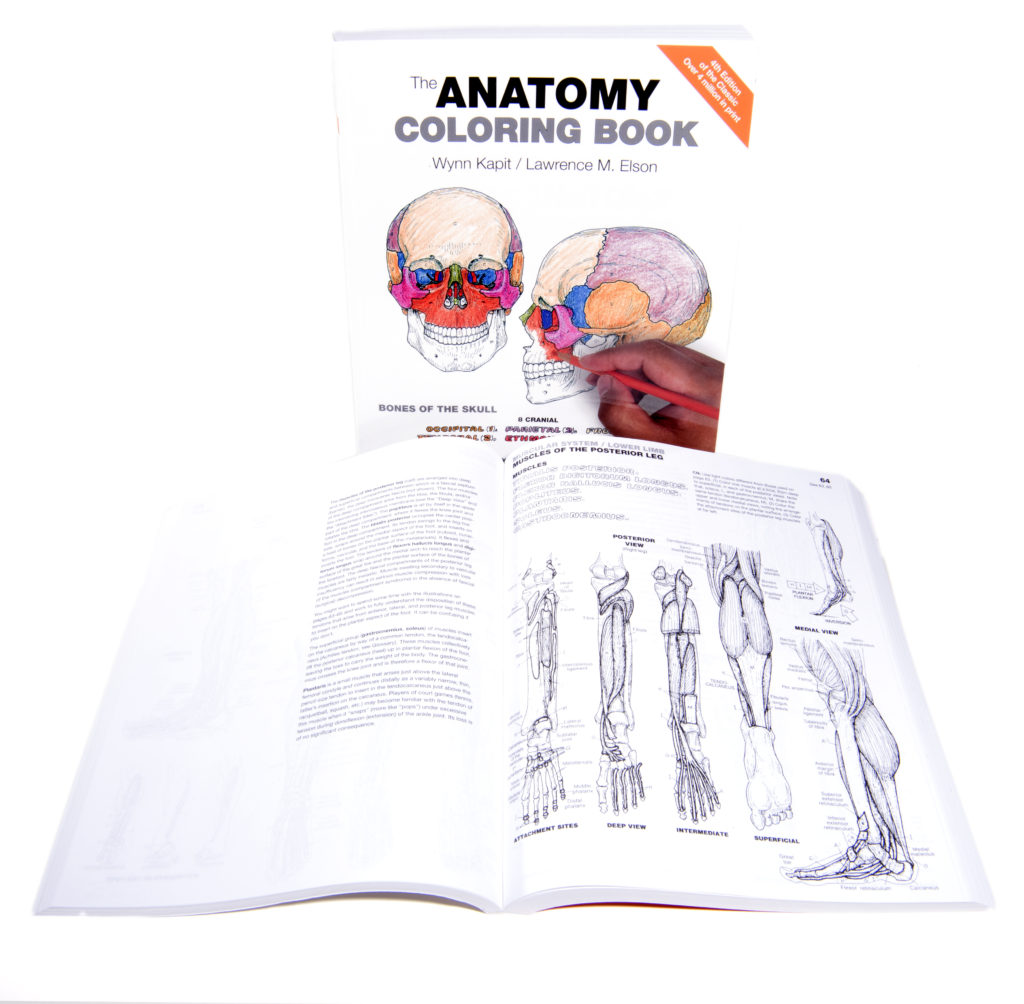Our Story

Imagine a learning method where you visualize something colorless, and then, you get to choose the color that represents it to you. You apply the color, and voila! You’ve just learned what you colored. This is the essence of kinesthetic learning, a method that’s not just effective, but also enjoyable!
In 1970, an assistant professor of anatomy, Lawrence McClellan Elson, was preparing to give a lecture to a class of medical students at the Baylor College of Medicine in Houston, Texas. The preparation consisted of making a number of drawings on the five (5) chalkboards in the teaching amphitheater of the Department of Anatomy. Multiple colors of chalk were going to be used to represent a number of structures, such as arteries (red), veins (blue), nerves (yellow), bones (white), and muscles (brown). The outlines of these structures were drawn with white chalk and would be colored over during the lecture. When the 50-minute lecture was over, Dr. Elson’s white lab coat was covered with a chalky abstract of mixed colors. A colleague noted that it was too bad that the students could not have experienced the “chalking” as part of the learning experience. A short time later, Dr. Elson was visiting his editor at McGraw-Hill in New York. The editor showed him a huge atlas of highly colored anatomy. Dr. Elson acknowledged the beautiful artwork and thought that it was too bad that the students could not have experienced putting all the colors to work in that atlas!
Five years later, Dr. Elson made an agreement with one of his students, an illustrator, Wynn Kapit, to undertake the drawing of such a coloring book under his direction. Within a year, the first Anatomy Coloring Book was born and published by Canfield Press, a subsidiary of Harper and Row Publishers, NY, in 1977. The “ACB” was an instant success and has been ever since its inception nearly 40 years ago. Dr. Elson formed Coloring Concepts, Inc. (CCI) in 1980. The first college-level coloring books in the natural sciences by CCI were published by HarperCollins (New York) in 1982.
Since its inception, the Anatomy Coloring Book has been a game-changer in the field of kinesthetic learning. It’s not just a book, but a tool that has helped millions of students worldwide understand complex scientific concepts. With over 6 million copies sold in the US alone, and an equal number worldwide, the book’s popularity speaks for itself. It’s now available in 13 different languages and has earned the endorsement of professors, students, and parents alike.

